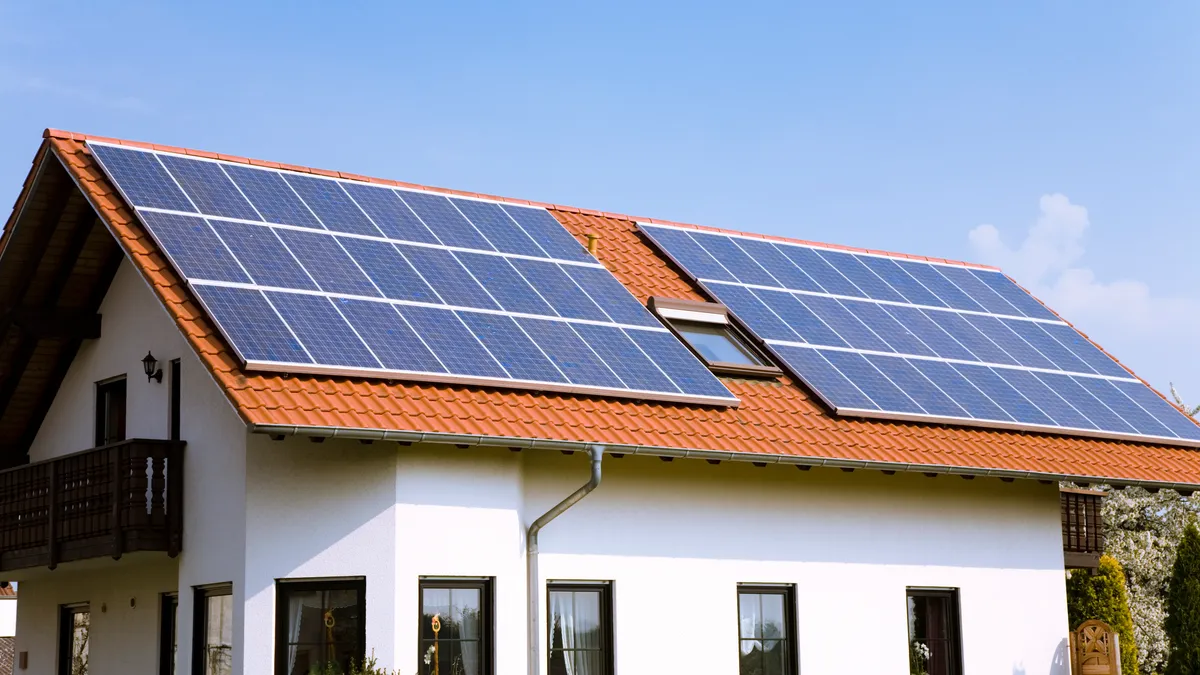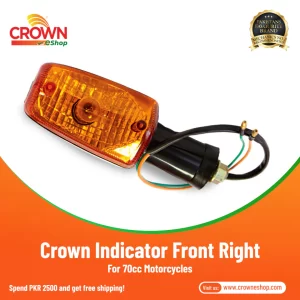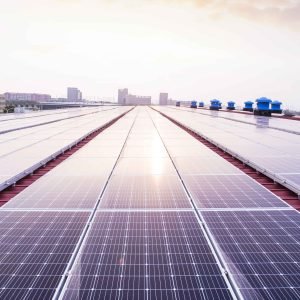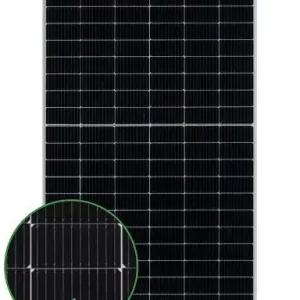Description
A solar panel, also known as a photovoltaic (PV) module, is a sophisticated device designed to harness the power of sunlight and convert it into electricity. It consists of interconnected solar cells, typically made from silicon crystals, each capable of producing an electric current when exposed to sunlight. These cells are arranged and wired together within a weather-resistant frame that is topped with a tempered glass cover.
The heart of a solar panel is its solar cells. These cells are made of semiconductor materials, usually silicon, which have special properties that allow them to absorb photons from sunlight. When sunlight strikes the solar cells, it excites electrons within the semiconductor material, creating a flow of electrons (electric current) through an external circuit connected to the panel.
To protect the delicate solar cells from environmental factors such as rain, snow, and UV radiation, solar panels are encased in durable, weather-resistant materials. The top layer of tempered glass serves several purposes: it allows sunlight to pass through to the solar cells while providing physical protection against impact and weather damage.
Solar panels are typically mounted on rooftops or ground-mounted in solar farms to maximize exposure to sunlight throughout the day. They are designed to withstand various weather conditions, including wind, rain, and hail, and are engineered for longevity, often with warranties spanning 25 years or more.
The electricity generated by solar panels can be used on-site for residential, commercial, or industrial applications, or it can be fed into the electrical grid in a process known as net metering. Advances in solar panel technology continue to improve efficiency and reduce costs, making solar energy an increasingly viable and sustainable source of electricity worldwide.










Reviews
There are no reviews yet.